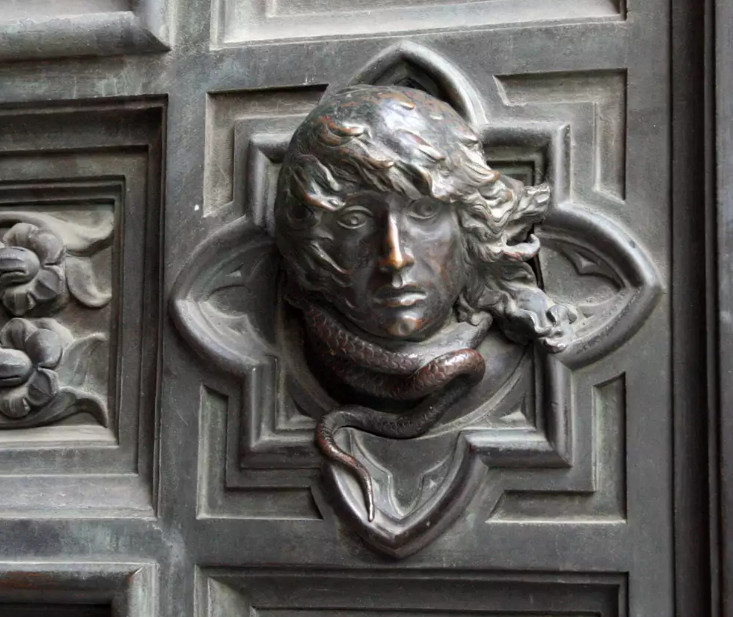The particular self-portrait
The particular self-portrait of Giuseppe Cassioli
AVE YOU EVER NOTICED.
The particular self-portrait of Giuseppe Cassioli on one of the panels of the right door of the Cathedral of Santa Maria del Fiore?
As you can notice from the photo, a snake coils the neck of the sculptor who cast the door.
It's a little bit strange because the Cathedral and the three doors too are entirely dedicated to the Virgin Mary. No, not at all because the artist wants to tell us the terrible experience he lived in 1885.
The facade for the Cathedral was completed in 1887 but the three bronze doors didn't exist. In the same years Amos and Giuseppe Cassioli received the commission for the new work. Amos died in 1891 and he never worked at its edification so Giuseppe, his son, was only 26 years old and he had to go on alone. He was obsessed: he didn't feel fit for the purpose and he had a lot of debts too. He needed 7 years only to complete the model. In 1898 Giuseppe cast the door and he appositely opened his own foundry. He was even more full of debts; for this reason the model and the wax he employed to cast it were confiscated. In 1897 his contract terminated and only in 1899 through a new agreement the door was finally completed. Giuseppe lived 12 terrible years: he felt psychologically down. This is why he depicted himself with a snake intent on strangle him!
Altri articoli
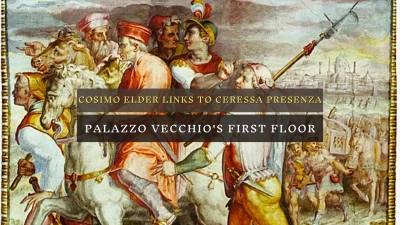
The terrestrial and celestial Gods
The wonderful decorations on the ceilings were commissioned by Cosimo I to Giorgio Vasari
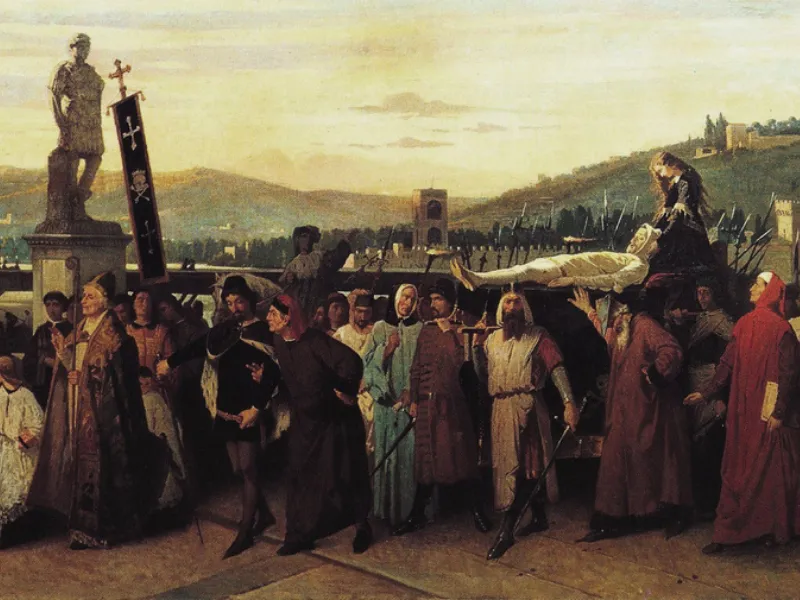
What is done is done
This killing was the beginning of the civil florentine war between the aristocratic families factions of the city: Guelphs against ghibellines.
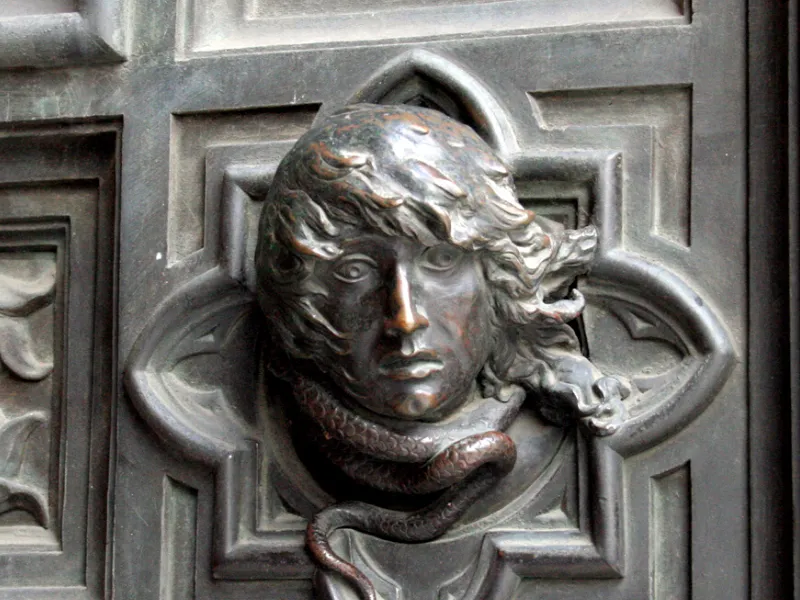
The particular self-portrait
It's a little bit strange because the Cathedral and the three doors too are entirely dedicated to the Virgin Mary.
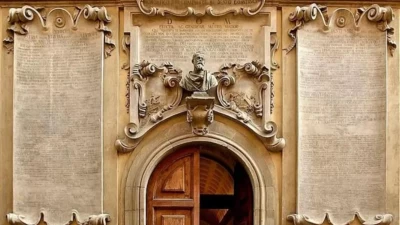
Vincenzo Viviani and his Master Galileo Galilei
On the facade of a florentine palace called "Palazzo dei Cartelloni" ("cartellone" in Italian means "poster") situated near the central station.


